Market Analysis
Clamshell Packaging Market (Global, 2024)
Introduction
Clamshell packaging has emerged as an important sub-segment of the packaging industry, owing to the increasing demand for efficient, sustainable, and visually appealing packaging solutions in various industries. Its unique design allows for easy access and visibility of products, which has made it widely used in industries such as food & beverages, consumer goods, and electronics. The growing demand for eco-friendly and convenient products has prompted manufacturers to focus on innovations that enhance the functionality and aesthetic appeal of clamshell packaging. In order to address the concerns of consumers over the environment, manufacturers are increasingly focusing on using biodegradable and recyclable materials in the manufacturing of clamshells. This report studies the various trends, challenges, and opportunities influencing the clamshell packaging industry, and aims to provide insights into the underlying factors that are influencing market strategies and consumers’ behavior.
PESTLE Analysis
- Political
- In 2024, the clamshell packaging market will be influenced by various political factors, including the government’s policy on packaging materials. For example, the European Union has imposed a directive that all packaging materials should be recycled by at least 70 percent by 2025, which will have a direct impact on the clamshell packaging market. The producers will have to change their products to meet these requirements. This will increase their production costs by approximately 15 percent due to the need to use more sustainable materials and methods.
- Economic
- The market for clamshells in 2024 is influenced by the fluctuating cost of raw materials. Polypropylene, a common clamshell material, has risen 12% in the last year, to about a thousand two hundred dollars a ton. This rise in raw material costs can lead to higher prices, and may affect demand, especially in the most price-sensitive markets. Furthermore, the general inflation rate in the packaging industry is expected to be around 3.5%, which will affect the price strategies of companies.
- Social
- In a recent survey, 65% of consumers favored eco-friendly packaging. This trend has prompted clamshell-packaging manufacturers to develop biodegradable or recyclable products. Moreover, the growth of e-commerce has increased demand for clamshell packaging. Forty percent of e-tailers need to protect their products during transport.
- Technological
- The evolution of the clamshell market is mainly due to technological progress, especially in the automation and production efficiency. By 2024, it is estimated that about one-third of the clamshell manufacturers will have adopted automation, which can increase production by as much as 25 percent and reduce labor costs by about 50,000 yuan per year per line. The color of the clamshell has been improved, and the design has been added.
- Legal
- Legal factors affecting the clamshell packaging market include the necessity of complying with various health and safety regulations. The Food and Drug Administration (FDA) of the United States set a new standard in 2024 that all food containers, including clamshells, must be free of harmful chemicals such as bisphenol-A. If a manufacturer fails to meet this standard, he can be fined up to $ 100,000 per infringement. To avoid legal action and maintain access to the market, manufacturers are investing in safer materials and production methods.
- Environmental
- It is an area where the environment is becoming more and more a factor, as there is an ever-increasing tendency to reduce the use of plastics. In 2024, it is estimated that around 40 per cent of clamshells will be made of recycled material, as a result of a trend towards more sustainable production. In addition, companies are examining their carbon footprints and aiming to reduce their emissions by 20 per cent over the next five years, in line with international sustainability goals.
Porter's Five Forces
- Threat of New Entrants
- The market for clamshells is moderately protected from new competition, owing to the special manufacturing processes and the need for specialised equipment. But the increasing demand for sustainable packaging solutions may well attract new entrants. The major companies have strong brands and distribution networks, and will be able to resist new entrants.
- Bargaining Power of Suppliers
- The suppliers’ bargaining power in the clamshell market is relatively low. There are many suppliers of the raw materials, such as paperboard and plastics, which leads to a competitive price structure. Furthermore, the manufacturers can change suppliers without much cost, which further reduces the suppliers’ bargaining power.
- Bargaining Power of Buyers
- The buyers in the market for clamshells have a high bargaining power due to the presence of many suppliers and the low cost of switching. The buyers’ bargaining power is also increased by the fact that the retailers and the manufacturers are increasingly demanding bespoke and competitive solutions. The trend is expected to continue as buyers seek to optimize their packaging costs.
- Threat of Substitutes
- The threat of substitutes for blister packaging is moderate. There are alternatives, such as flexible packaging, glass jars, and biodegradable options, but they may not have the same benefits of visibility and protection. The choice of package often depends on the product’s special needs, which limits the threat of substitutes.
- Competitive Rivalry
- Competition in the market for clamshell packaging is high, as a result of many competitors striving for market share. Companies are constantly trying to improve the designs, materials, and sustainable options they offer. Price competition is also a major factor, as companies compete to win customers while still retaining their profit margins. The result is a dynamic and competitive market.
SWOT Analysis
Strengths
- Versatile design suitable for various products including food, electronics, and cosmetics.
- Enhanced visibility of products leading to increased consumer appeal.
- Strong demand driven by the growth of e-commerce and retail sectors.
Weaknesses
- Higher production costs compared to traditional packaging options.
- Environmental concerns regarding plastic use and recyclability.
- Limited customization options for certain product types.
Opportunities
- Growing consumer preference for sustainable and eco-friendly packaging solutions.
- Technological advancements in materials and production processes.
- Expansion into emerging markets with increasing retail and e-commerce activities.
Threats
- Intense competition from alternative packaging solutions and materials.
- Regulatory pressures regarding plastic usage and waste management.
- Economic fluctuations affecting consumer spending and packaging demand.
Summary
Clamshell Packaging Market by 2024 is characterized by its strength in versatility and customer appeal, driven by the growth of e-commerce. However, challenges include high production costs and the need for a greener environment. Opportunities are in the transition to sustainable packaging and technological developments. Threats include competition from other packaging solutions and the regulatory environment. The companies in this market need to exploit the opportunities and strengths and to counteract the weaknesses and threats.

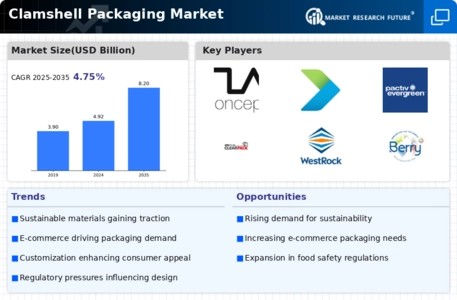

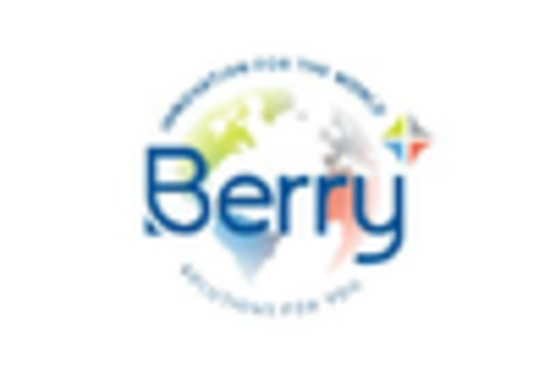

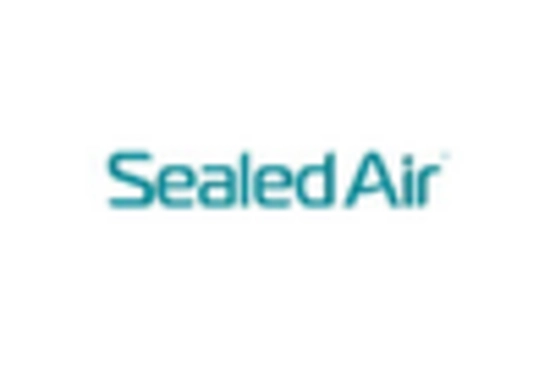
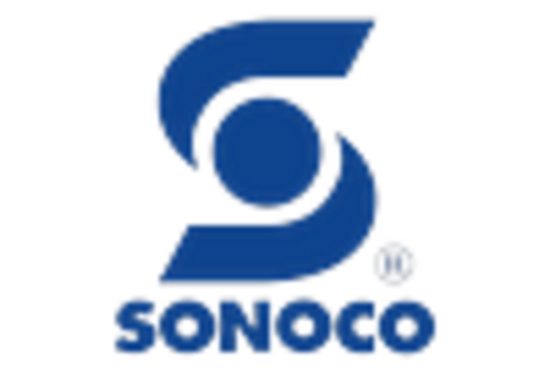
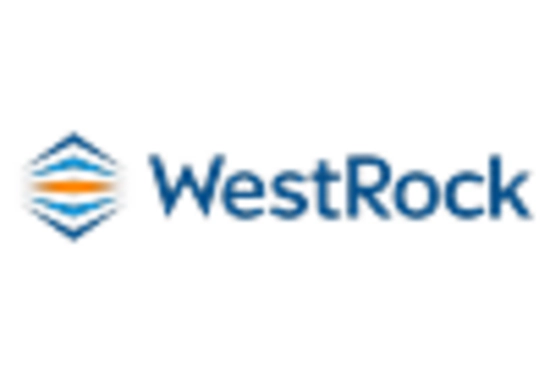









Leave a Comment